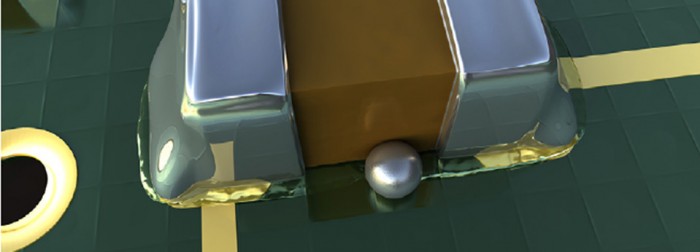It’s easy to have a test matrix escalate into a black hole of time, effort, and money (gulp!). Here are a few tricks to become more efficient at gathering information:
• Brainstorm first, then control as many variables as possible
• Try to use materials and equipment that are readily available
• Be realistic with your expertise, don’t allow yourself to introduce more human error doing something you are not skilled at.
• Write down your plan
• If the test includes more than 3 variables, consider splitting it into 2 different tests.
Feel free to share any other hints you may have!



